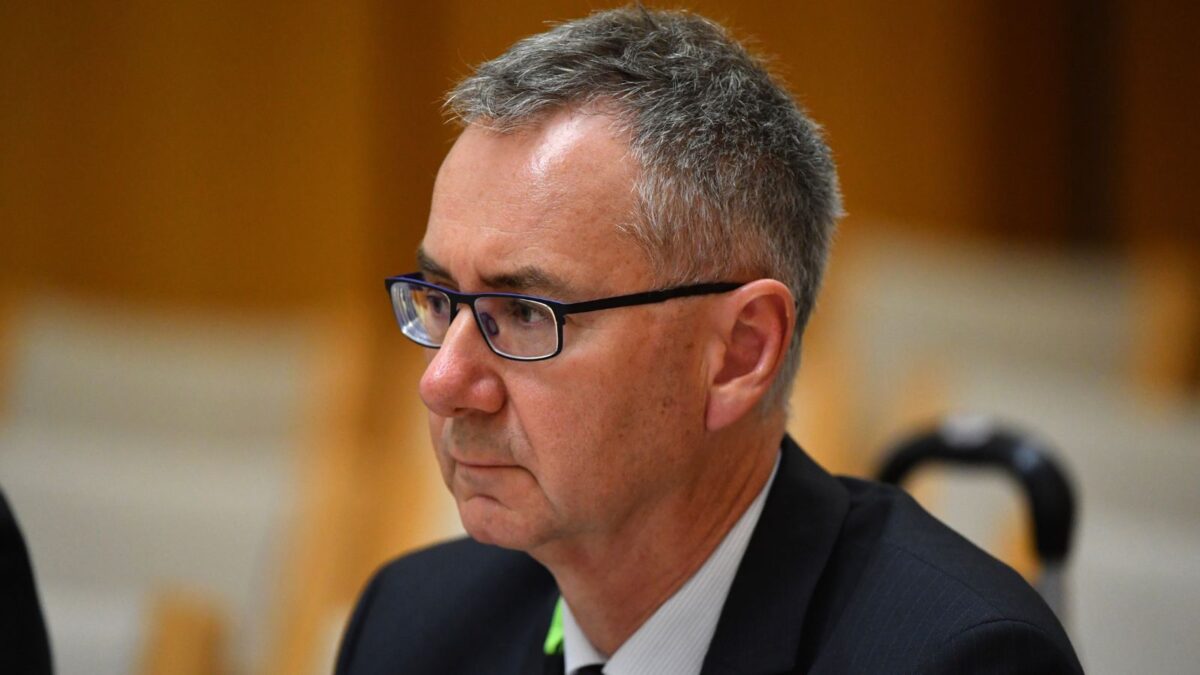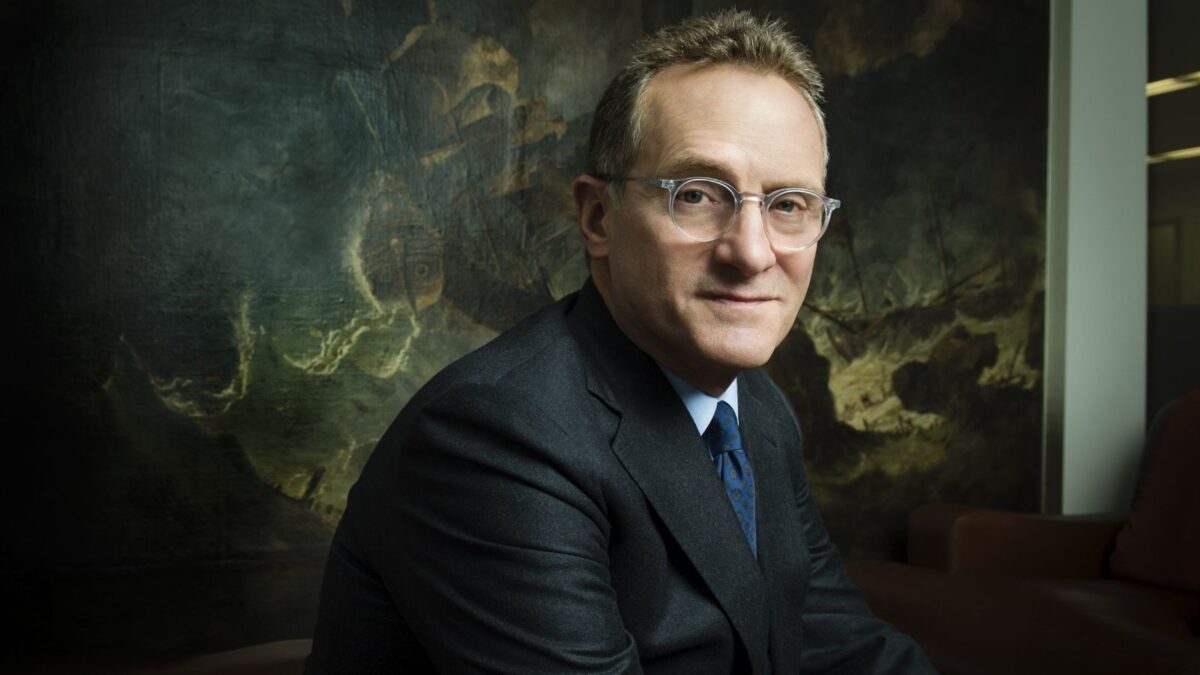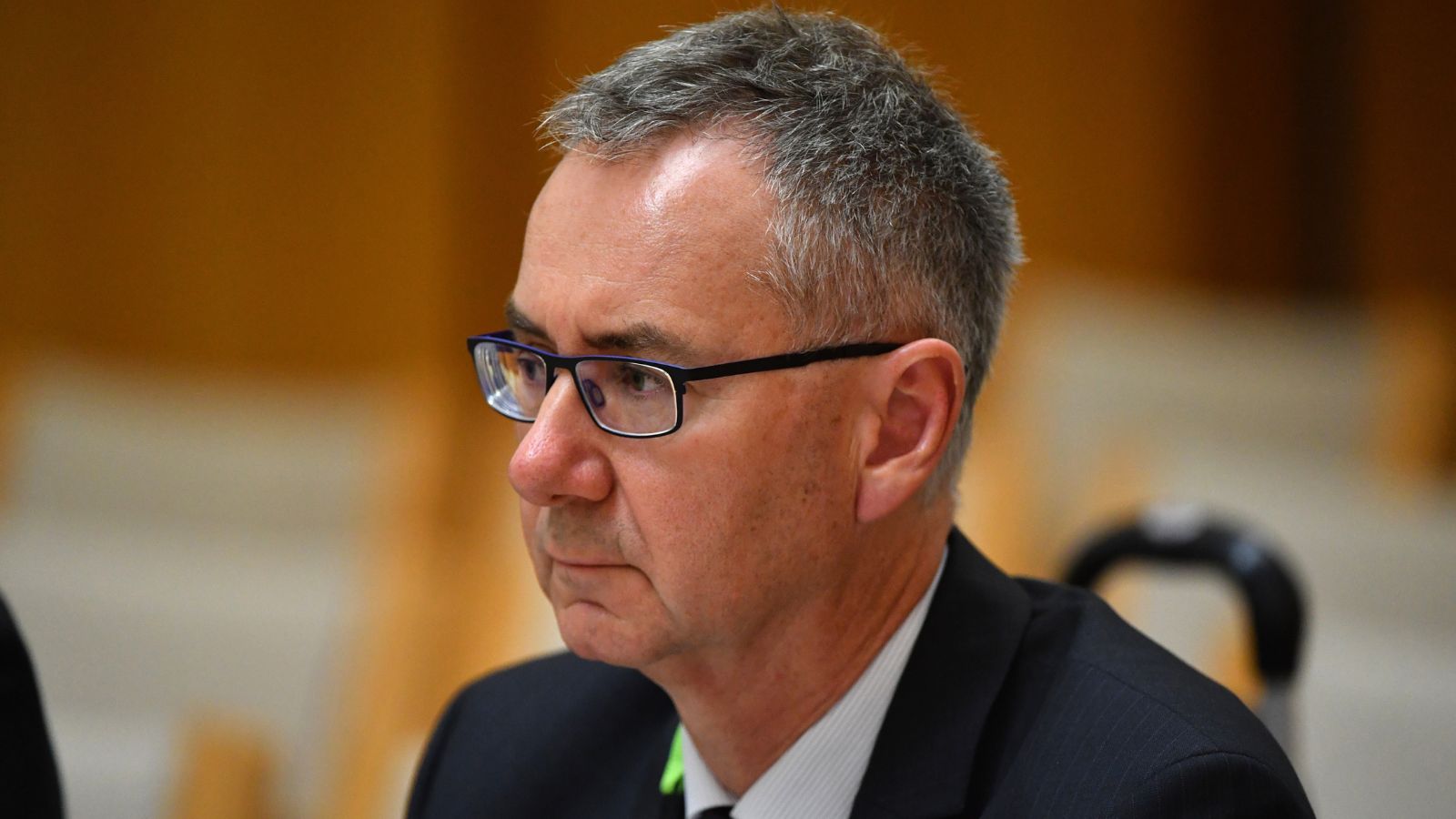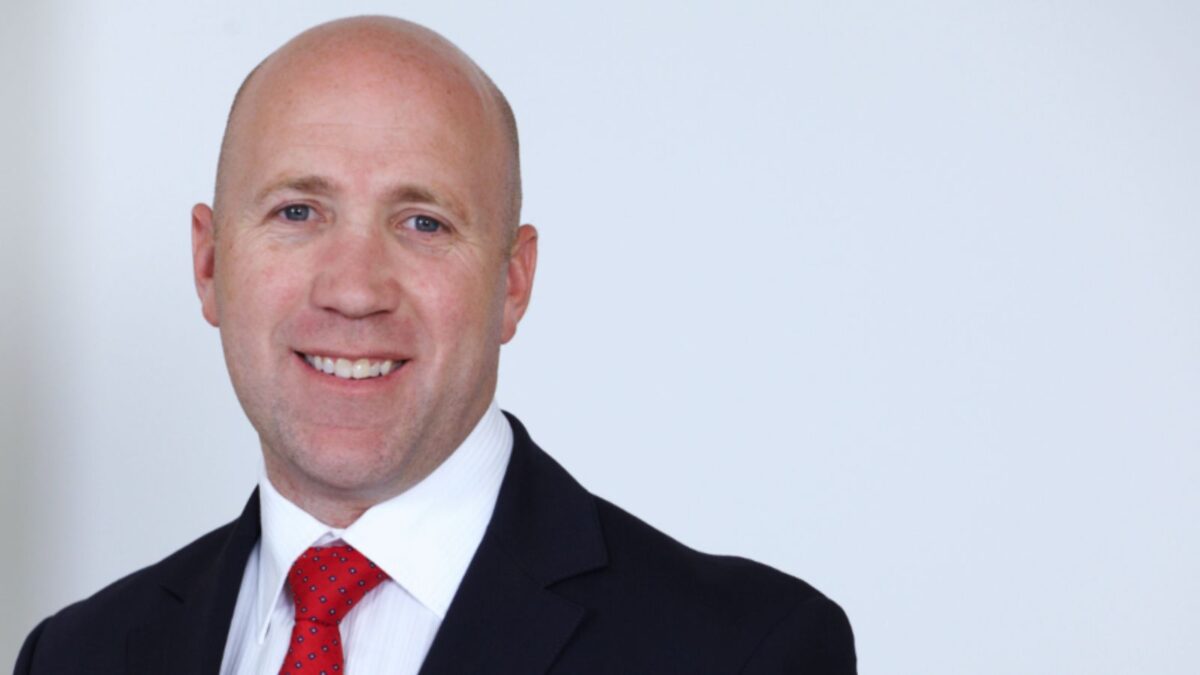Deals lag the money in region’s PE
Asia and Australia are outstripping most of the rest of the world for growth in private capital raisings. But private equity managers, especially big buyout firms, are finding deals to be slow to bring to fruition.
In its first special report on alternatives in the Asia Pacific region, Preqin provides more detailed analysis of private capital movements than previously. The report’s theme is similar to that of the previously published Preqin data in conjunction with the Australian Investment Council, which is the main representative body for private markets participants. But the latest report focuses on several other countries as well, especially China and Japan.
“Alternatives are playing an increasingly large role in asset allocations across the region. As of September 2020, Asia-Pacific-focused private capital industry assets under management totalled a record US$1.71 trillion – up 2.8x in just five years,” the report says. “When we add into the mix the US$156 billion held by Asia-Pacific hedge funds as of Q4 2020, the alternatives industry looks well on its way to hitting the US$2 trillion milestone in aggregate assets.”
The report, published on June 17, Mark O’Hare, Preqin founder and chief executive, says reflected more than the search for better returns and diversification by international investors.
“Asia-Pacific has been an engine driving global growth for more than a decade now. The dawn of the Asian Age – or rather the re-emergence of the region’s economic dominance on the world stage – is hotly anticipated by academics and investors alike,” he said.
“By some measures, the economic shift eastward has already arrived. In PPP terms, China’s GDP overtook the US in 2017; what’s more, when ranking the top five countries globally, three are in Asia. When examining forecasts based on market exchange rates, China is expected to become the world’s biggest economy as soon as 2028. By 2030, Asia could contribute 60 per cent to global growth and see an additional 1.5 billion people enter the middle class, outpacing both the Americas.”
As previously reported, Preqin expects private capital targetting Asia to have a cumulative annual growth rate of 28.3 per cent between 2020 and 2025, reaching US$6.1 trillion in total assets.
However, the report notes that many western managers are finding the growth in bringing individual deals to fruition to be slower than in Europe and the US. Venture capital managers, especially those operating in the tech space, are finding it easier than the big traditional buyout managers which have dominated private equity, in dollar terms, for many years.
“In the buyout space, the full-ownership deals that lit the fire of the private equity industry in Europe and North America have been harder to ignite. Full-ownership transactions accounted for just 29 per cent of Asia-Pacific deal flow last year, while deals taking minority positions made up 49 per cent,” the report says.
“On the bright side, this reflects the increasing size and maturity of private equity groups, which allow them to work the market at a slower pace than the Western norm. But, for an industry weaned on rapid returns, it will take time to adjust.”










